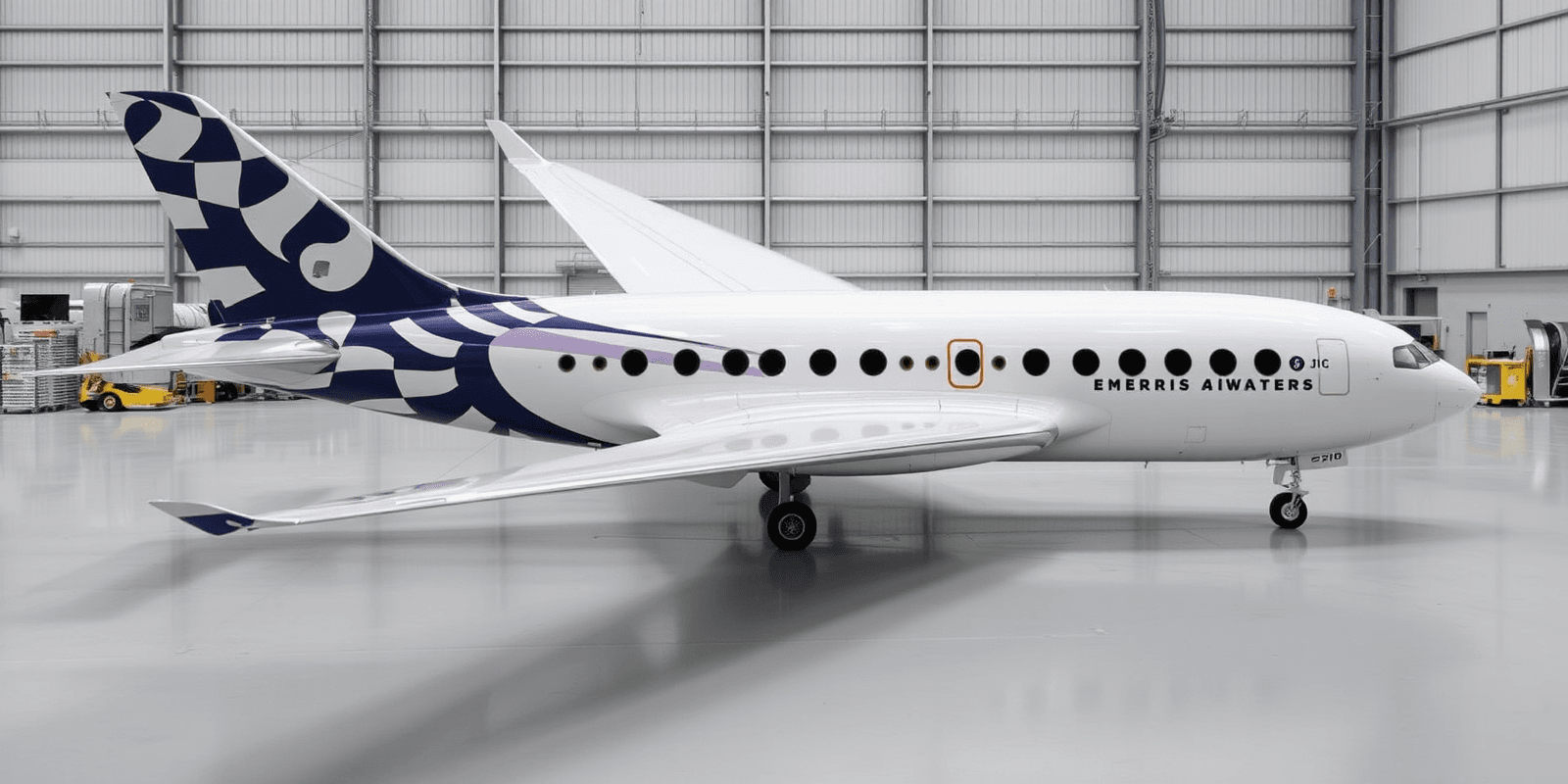Physical Address
304 North Cardinal St.
Dorchester Center, MA 02124
Physical Address
304 North Cardinal St.
Dorchester Center, MA 02124

Explore the revolutionary impact of lightweight composite materials on the aerospace industry, enhancing fuel efficiency and performance.
In the realm of aerospace engineering, innovative materials are revolutionizing the industry, primarily through the integration of lightweight composite materials. These materials offer various attributes that are reshaping aircraft design and functionality, making them pivotal in addressing the challenges posed by modern aerospace demands. This article delves into the properties of lightweight composite materials and discusses how they are transforming the aerospace sector, emphasizing benefits such as reduced weight, improved fuel efficiency, and enhanced durability. Additionally, real-world examples and future trends will be highlighted.
Lightweight composite materials, primarily comprising fibers embedded in a matrix, are engineered to offer superior strength-to-weight ratios compared to traditional materials like metals. Common fibers used include carbon fiber, glass fiber, and aramid, while the matrix typically consists of polymers or epoxies. These composites are designed to withstand extreme conditions while maintaining their structural integrity, making them ideal for aerospace applications.
One of the most significant advantages of lightweight composite materials is their reduced weight. By replacing heavier metals in the construction of aircraft, engineers can significantly lower the overall weight of the aircraft. This reduction leads to increased payload capacity, allowing airlines to transport more cargo or passengers without compromising performance.
The reduction in weight directly contributes to improved fuel efficiency. According to studies, every 1% reduction in aircraft weight can yield up to a 1% improvement in fuel efficiency. With fuel being one of the most substantial operating costs for airlines, lightweight composite materials present a compelling case for their incorporation into aircraft design. Companies like Boeing have recognized this benefit; the Boeing 787 Dreamliner, for instance, is composed of approximately 50% composites, translating into significantly reduced fuel consumption as noted by Boeing.
In addition to their lightweight nature and fuel efficiency, lightweight composite materials offer enhanced durability. Composites have superior resistance to fatigue, corrosion, and environmental factors compared to traditional materials. This quality extends the lifespan of aircraft components, reducing maintenance costs and increasing reliability. As an example, the Airbus A350, which utilizes advanced composite materials, benefits from a reduced maintenance schedule and improved resilience in various operating environments as per Airbus.
Numerous aerospace companies are actively integrating lightweight composite materials into their aircraft designs. One of the most notable examples is the aforementioned Boeing 787 Dreamliner, which is celebrated for its extensive use of composite materials. Its fuselage and wing structures are primarily made of carbon-fiber-reinforced polymer (CFRP), contributing to a remarkable reduction in weight and an increase in fuel efficiency.
Another noteworthy application is in unmanned aerial vehicles (UAVs). Companies like DJI employ lightweight composite materials in their drone designs to enhance performance while keeping weight to a minimum. These materials enable longer flight times and improve the overall efficiency of UAVs, making them suitable for a variety of applications from agriculture to surveillance.
The future of lightweight composite materials in aerospace engineering is bright, with ongoing research and development aimed at improving their properties and expanding their applications. One trend is the increased use of bio-based composites, which not only reduce weight but also lessen the environmental impact. Researchers are exploring ways to use renewable resources, thus paving the way for a more sustainable aerospace industry.
Furthermore, advancements in manufacturing techniques, such as 3D printing and automated fiber placement, are poised to enhance the production processes of lightweight composite materials. These innovations promise increased efficiency and reduced costs, making composite materials even more appealing to aerospace manufacturers.
While lightweight composite materials offer numerous benefits, their initial cost remains a significant barrier to widespread adoption. The complex manufacturing processes and raw material expenses can be prohibitive for many companies. Although the long-term savings in fuel efficiency and maintenance costs may justify the investment, the upfront financial considerations cannot be overlooked.
Another challenge faced by the aerospace industry is the recycling of lightweight composite materials. Unlike metals, which can be easily melted down and reused, composites present difficulties in recycling due to their heterogeneous nature. Ongoing research is exploring new recycling methods to mitigate environmental concerns and enhance the sustainability of composite usage in aviation.
Lightweight composite materials are at the forefront of innovation in aerospace engineering. With their remarkable properties such as reduced weight, improved fuel efficiency, and enhanced durability, they are not only transforming aircraft design but also helping the aerospace sector move towards sustainability. As exemplary instances like the Boeing 787 Dreamliner and Airbus A350 illustrate, the application of these materials propels the industry into a new era of advanced aerodynamics and efficiency.
The future of lightweight composite materials in the aerospace sector holds great promise, with trends toward bio-based composites and advanced manufacturing techniques paving the way for further improvements. While challenges remain, particularly regarding cost and recycling, the continued investment and research in this field will undoubtedly lead to innovative solutions that propel aerospace engineering into a more efficient and environmentally conscious future.